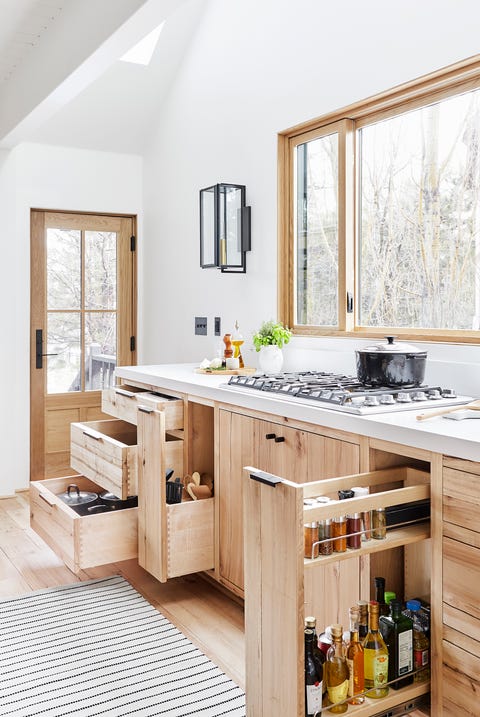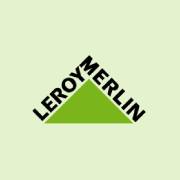The Best Guide To Miriam's Kitchen

6 Easy Facts About Kitchen & Dining - Walmart.com - Walmart.com Described
Houses of the wealthy had the cooking area as a different space, normally beside a restroom (so that both rooms might be warmed by the cooking area fire), both rooms being accessible from the court. In such homes, there was typically a separate small storeroom in the back of the kitchen utilized for storing food and kitchen utensils.

Some had little mobile bronze ranges, on which a fire might be lit for cooking. Rich Romans had reasonably well-equipped kitchens. In a Roman vacation home, the kitchen area was normally incorporated into the primary building as a different room, set apart for useful factors of smoke and sociological reasons of the kitchen being operated by servants.
6 Simple Techniques For Worthy Kitchen — Worthy Vermont
There were no chimneys. The roasting spit in this European Renaissance kitchen was driven automatically by a propellerthe black cloverleaf-like structure in the upper left Early medieval European longhouses had an open fire under the acme of the building. The "kitchen location" was in between the entryway and the fireplace.
In some homes there were upwards of three cooking areas. The cooking areas were divided based upon the types of food prepared in them. In place of a chimney, these early structures had a hole in the roof through which some of the smoke could get away. Besides cooking, the fire also functioned as a source of heat and light to the single-room building.
A Biased View of Kitchen Faucets, Fixtures and Kitchen Accessories - Delta

In the larger homesteads of European nobles, the kitchen area was sometimes in a different sunken flooring structure to keep the main building, which served social and main functions, devoid of indoor smoke. The very first recognized ranges in Japan date from about the exact same time. The earliest findings are from the Kofun period (3rd to sixth century).
Related Source Here
This kind of stove remained in use for centuries to come, with only minor modifications. Like in Europe, the wealthier houses had a separate building which served for cooking. A type of open fire pit fired with charcoal, called irori, stayed in usage as the secondary range in many houses until the Edo period (17th to 19th century).
The Greatest Guide To Clearance Kitchen Sets & Accessories - Bed Bath & Beyond
18th century cooks tended a fire and withstood smoke in this Swiss farmhouse smoke kitchen area The kitchen stayed mostly unaffected by architectural advances throughout the Middle Ages; open fire remained the only method of heating food. European middle ages kitchen areas were dark, smoky, and sooty places, whence their name "smoke kitchen area".